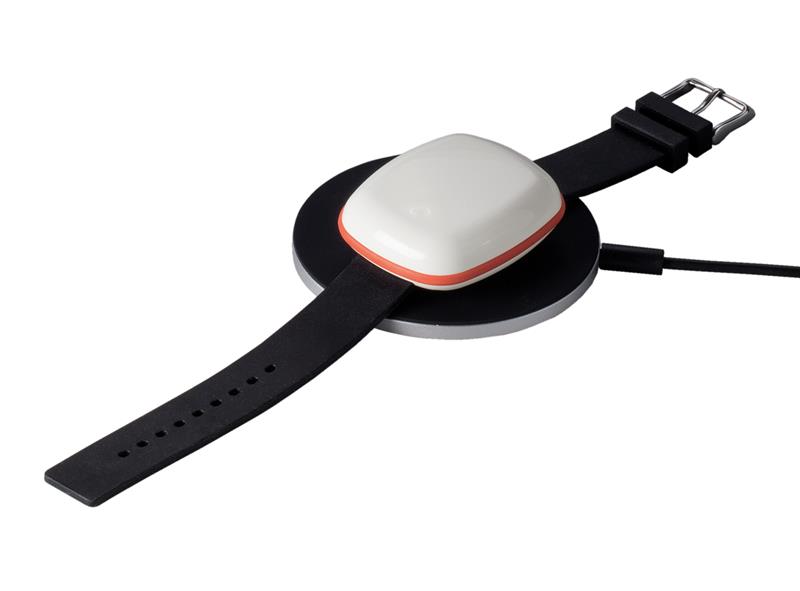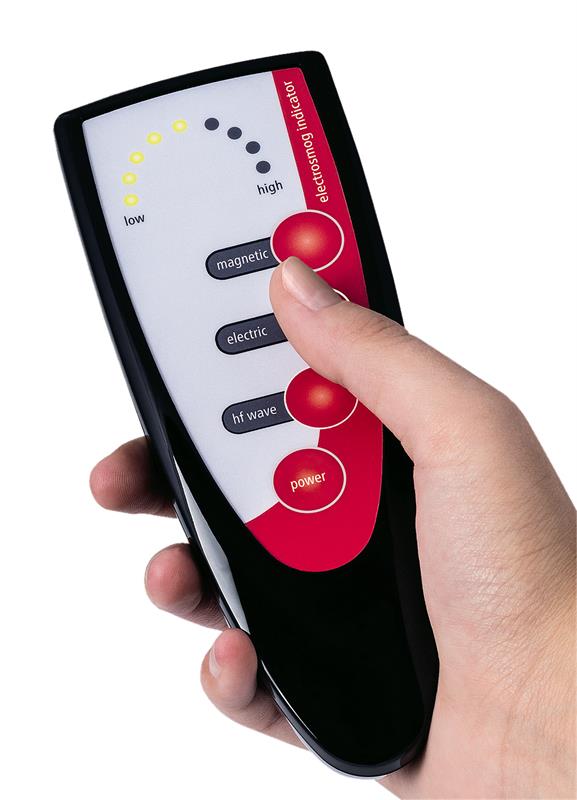Smalley believes the Raspberry Pi could be contributing to the growing popularity of Camden Boss’ custom cases. “We’re seeing a lot of demand for custom cases, with Raspberry Pis at the base.”
According to Smalley, customers prefer to use a custom case for two reasons. Firstly, standard enclosures can be quite generic, so using a custom case might improve the worth of the product. Secondly, a standard case might not cater to the application’s requirements.
Traditionally, a customer would have had to spend in excess of £10,000 on custom tooling to make a case. Camden Boss has developed an approach called Flat Sheet Plastic Technology (FSPT), which allows custom cases to be made quickly and cost effectively.
“Giving people that option is opening more doors for them, so we’re seeing more demand for custom cases,” said Smalley.
FSPT uses m2 flat sheet plastic as the base material, with thicknesses ranging from 2 to 10mm. A CNC milling process then cuts parts out of the sheet and these are then heated and folded to form enclosures.
“There are a few companies who do similar things, but we’re the only one to use this technique,” Smalley added.
He has also pointed to a change in the way people want an enclosure to look. “Going back a decade, no one wanted anything with colour – it was either grey or black. We’ve offered colourful materials for eight years, but it’s taken until now for people to buy into it and be happy to have bright coloured trim.”
He remains undecided as to whether this change is due to the company expanding into the consumer market or whether it is due to customer expectations being higher. “If you compare how mobile phones looked like 10 years ago to what they look like now, there’s a vast difference. Customers want things to look better.”
Robert Cox, marketing director at OKW Enclosures, believes that design is becoming more important and this is impacting the way in which the company is developing enclosures.
“Our products are ergonomic, but they’re not overtly strong designs because it limits their use across the market,” he explained.

Trends which he says are impacting enclosure design include wearable electronics and touchscreens. OKW’s latest release, Body-Case, is a wearable standard enclosure designed to fit an 18mm wrist strap (pictured left).
“You can wear it like a watch,” said Cox. “We don’t know of any other product like that on the market.”
Touchscreens have also taken over from switches and membrane keypads. “That’s something we see more and more often — and for which we’re developing new products all the time – which is a change that has happened over the last few years.”
The main change, however, according to OKW, is the shift towards customers wanting complete, finished products – a trend also seen in the electronics market as a whole.
“Companies don’t want to a complex sourcing arrangement, where they buy the box from us, the machine somewhere else, then have it painted, digitally printed and assembled in other places. They prefer to receive the product finished, so all they have to do is assemble the electronics to go inside.”
Cox says OKW offers these services, as well as access to the 3D STEP files of its enclosures. Using these 3D models, customers can build components into the enclosure digitally to check for problems before making a prototype, thus speeding the entire process.
Camden Boss has also recently offered a new service with custom enclosures. Until now, customers had to pay for design time for custom enclosures. Now, customers can select from a range of 14 different enclosure constructions – clip, screw, tablet-size, slanted keyboard-shaped and more – and then have them designed to their requirements, with a choice of colour material, as well as where they want cut outs and holes.

“We’ll do that without any design costs,” said Smalley, pictured right. “Even two or three years ago, the necessary software and the skills weren’t available, but now it seems to be more widespread and we’re seeing a lot of success with this offer. Companies can download and manipulate our files, put in their holes and cut outs, then send it back to us.”
As well as developing FSPT, Camden Boss has been working on its digital printing technology, allowing an HD resolution full colour photograph to be printed directly onto the surface of a box.
“Traditionally, we screen printed our enclosures and you paid per colour. So, if you wanted a five-colour print, you had to pay five times the price. That is no longer the case,” Smalley explained.
OKW is also investing in new machinery, notably a punching machine, which Cox claims can complete tasks three times faster and do twice as many different types of punching hits. “A customer product which used to take three weeks, now takes four days.”
By experimenting with manufacturing moulding techniques, OKW has recently released the TECHNOMET range of instrument enclosures. Using fine tolerances typically employed on plastic enclosures, the company has created a metal housing with a more discrete, smoother finish.
“The product looks more cohesive, more plastic. The trims are hidden, the bezel parts are integrated with the covers, so when you look at it, you don’t see immediately how it was made,” said Cox.
Hylec is also investing in latest moulding techniques. “Obviously, we are always evaluating the latest moulding processes for ABS enclosures,” commented sales director Steve Robbins. ABS – acrylonitrile-butadiene-styrene – is a thermoplastic polymer renowned for its impact resistance and toughness.
Robbins believes demand for IP ratings, to protect against water and dust ingress, and for IK ratings, to protect contents from impact, is increasing.

Particularly with wearables, OKW is also seeing an increase in demand for enclosures that can be used indoors or outdoors, in both dirty and clean environments.
“So, for the same standard housing, we offer the ability to seal it against a dirty environment, to protect it against sunlight or cover it with an anti-microbial finish,” said Cox. Looking to meet these needs, the company recently launched the Style-Case range of high gloss handheld enclosures featuring UV-stable materials (pictured left).
Camden Boss has also developed anti-microbial material with medical applications in mind. The material has an additive that stops bacteria from propagating.
Looking to other enclosure accessories, fan specialist Aerco has noticed a move towards more energy efficient solutions.
“The current trend seems to be steering away from AC fans and moving more into EC and DC with speed control,” said Jason Slaughter, fans business development manager. “With these technologies, you can achieve much greater performance using less power and less noise.”
As Cox remarked, an enclosure was once just a rectangular box with four screws. Today, enclosures have become more complex and are designed to be tailored to the end application, including features which relate to the electronics to go inside it.













